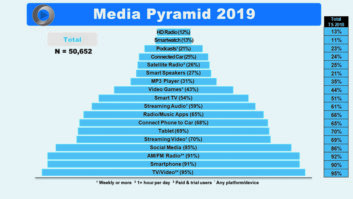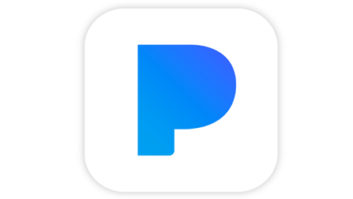Pandora last week published 2016 performance numbers that indicate growing advertiser revenue. But it also talked about why its long-term strategy is focused on launching on-demand subscription music services to compete with Spotify, Apple Music, Tidal and others.
Total listener hours grew 4 percent in 2016 but total active listeners dipped to 81 million from 81.1 million the year before, according to the company’s earnings call. However, paying subscribers grew over the year by 12% to 4.39 million following introduction of two on-demand subscription services.
Maybe most important was that nearly 70 percent of new Pandora Plus subscribers have been acquired “on platform, virtually free of acquisition costs.” CEO Tim Westergren, Pandora’s co-founder, said, “This up-sell path will continue to be the centerpiece of our go-to market for the new Pandora Premium service.”
The company launched Pandora Plus in 2016. It’s priced at just under $5 a month. Westergren said the phased rollout of the ad-free service Pandora Premium — $10 per month and allowing listeners to skip songs plus enjoy other enhanced services — is underway, with a broader launch coming in March.
Pandora announced late last year it would trim about 7 percent of its 2,200 employee workforce. It reported yearly revenue of $1.385 billion, a significant 19 percent increase from the previous 2015. But its GAAP net loss for the year ending Dec. 31, 2016, was $343 million with adjusted EBITDA showing a $119.5 million loss.
The streamer’s fourth quarter jump in advertiser revenue was 16 percent compared to the previous year. In fact, Pandora said it had its highest revenue ever for a quarter with $392 million in Q4 2016.
Westergren said on the conference call Thursday that his company “demonstrated the ability to drive leverage in the ad-supported business while effectively accelerating subscriptions for its pay product.”
Pandora has yet to turn a profit but Westergren said the company is moving towards full-year 2017 profitability.
“We are laser-focused on profitable growth of our ad-supported business, the launch and growth of our subscription products and a robust artist-to-fan platform to drive ticket sales and engagement across the service,” Westergren said.
Pandora’s Ticketfly ticketing service business Q4 revenue was $19.4 million, growing approximately 25 percent year over year.












